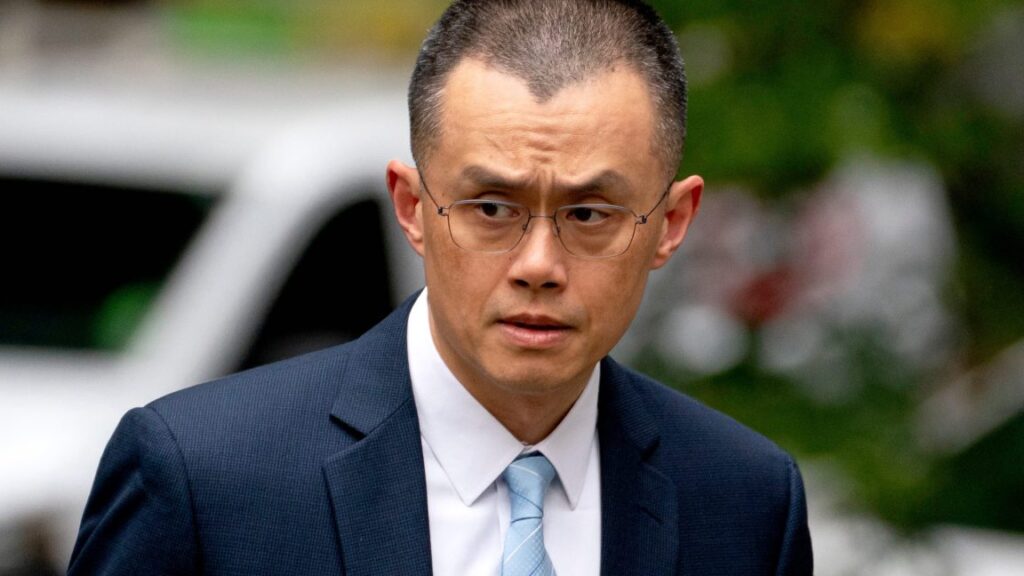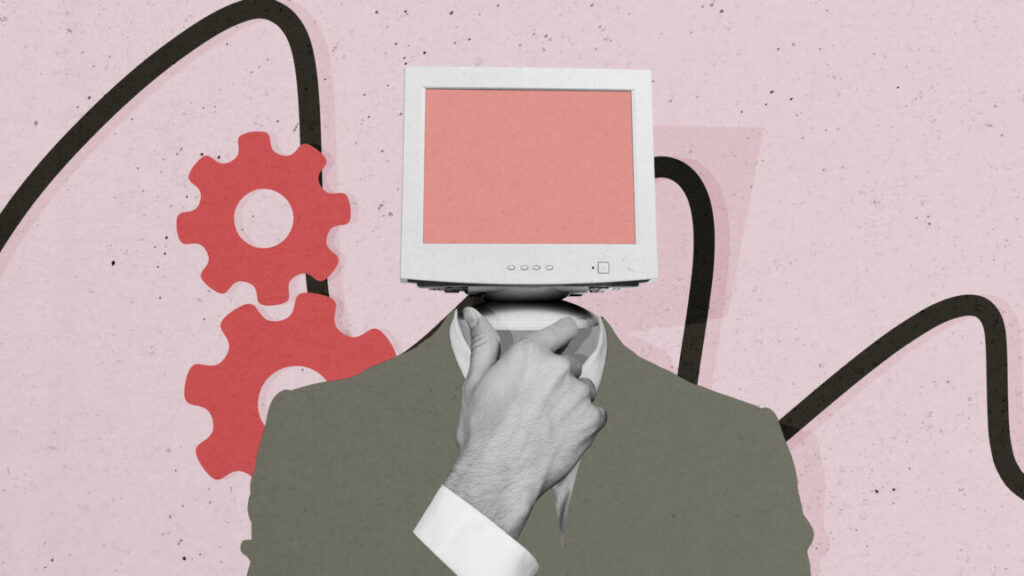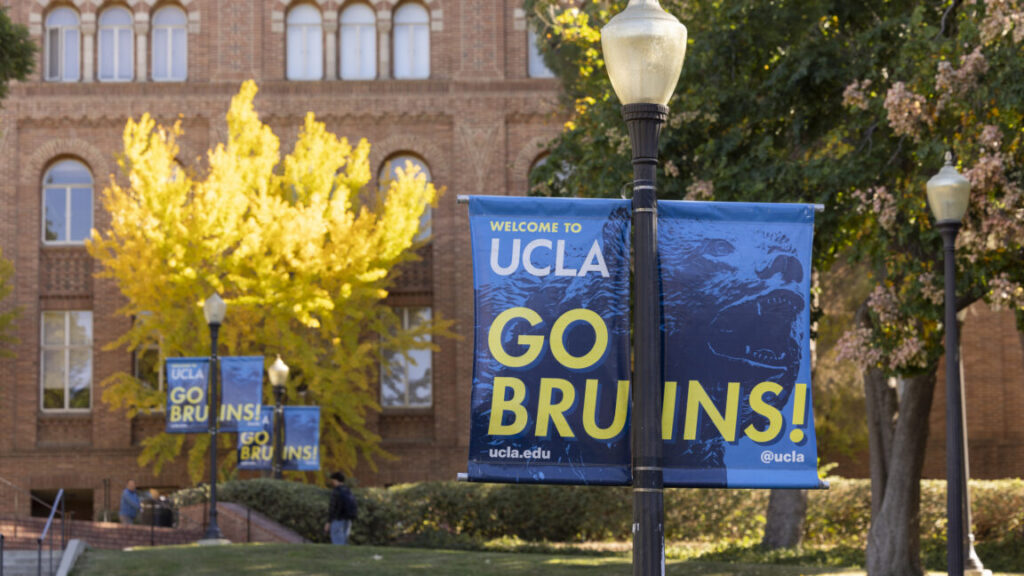Trump on why he pardoned Binance CEO: “Are you ready? I don’t know who he is.”
“My sons are involved in crypto much more than I—me,” Trump said on 60 Minutes. “I—I know very little about it, other than one thing. It’s a huge industry. And if we’re not gonna be the head of it, China, Japan, or someplace else is. So I am behind it 100 percent.”
Did Trump ever meet Zhao? Did he form his own opinion about Zhao’s conviction, or was he merely “told about it”? Trump doesn’t seem to know:
This man was treated really badly by the Biden administration. And he was given a jail term. He’s highly respected. He’s a very successful guy. They sent him to jail and they really set him up. That’s my opinion. I was told about it.
I said, “Eh, it may look bad if I do it. I have to do the right thing.” I don’t know the man at all. I don’t think I ever met him. Maybe I did. Or, you know, somebody shook my hand or something. But I don’t think I ever met him. I have no idea who he is. I was told that he was a victim, just like I was and just like many other people, of a vicious, horrible group of people in the Biden administration.
Trump: “A lot people say that he wasn’t guilty”
Pointing out that Trump’s pardon of Zhao came after Binance helped facilitate a $2 billion purchase of World Liberty’s stablecoin, O’Donnell asked Trump to address the appearance of a pay-to-play deal.
“Well, here’s the thing, I know nothing about it because I’m too busy doing the other… I can only tell you this. My sons are into it. I’m glad they are, because it’s probably a great industry, crypto. I think it’s good… I know nothing about the guy, other than I hear he was a victim of weaponization by government. When you say the government, you’re talking about the Biden government. It’s a corrupt government. Biden was the most corrupt president and he was the worst president we’ve ever had.”
Trump on why he pardoned Binance CEO: “Are you ready? I don’t know who he is.” Read More »















